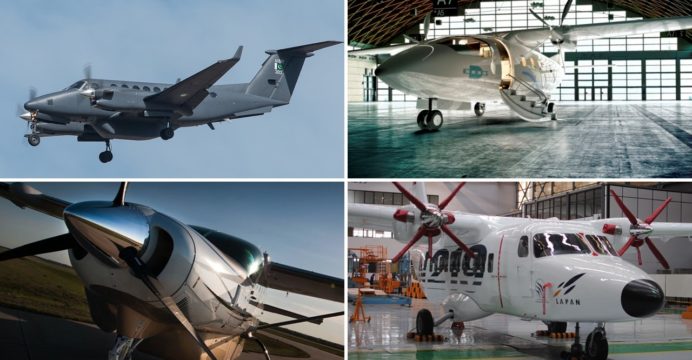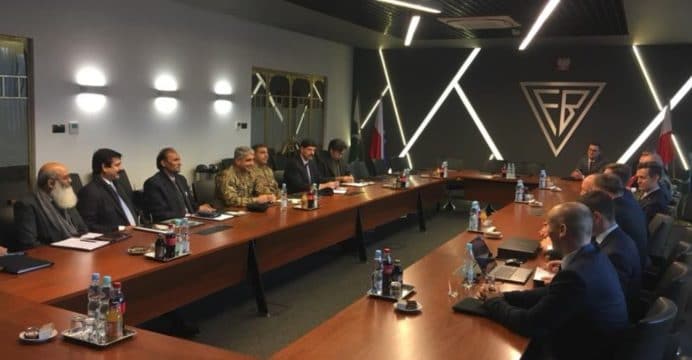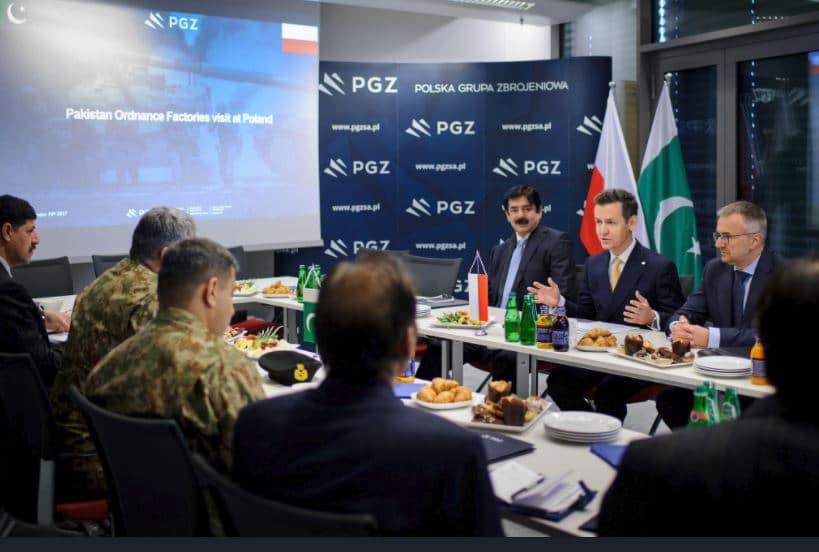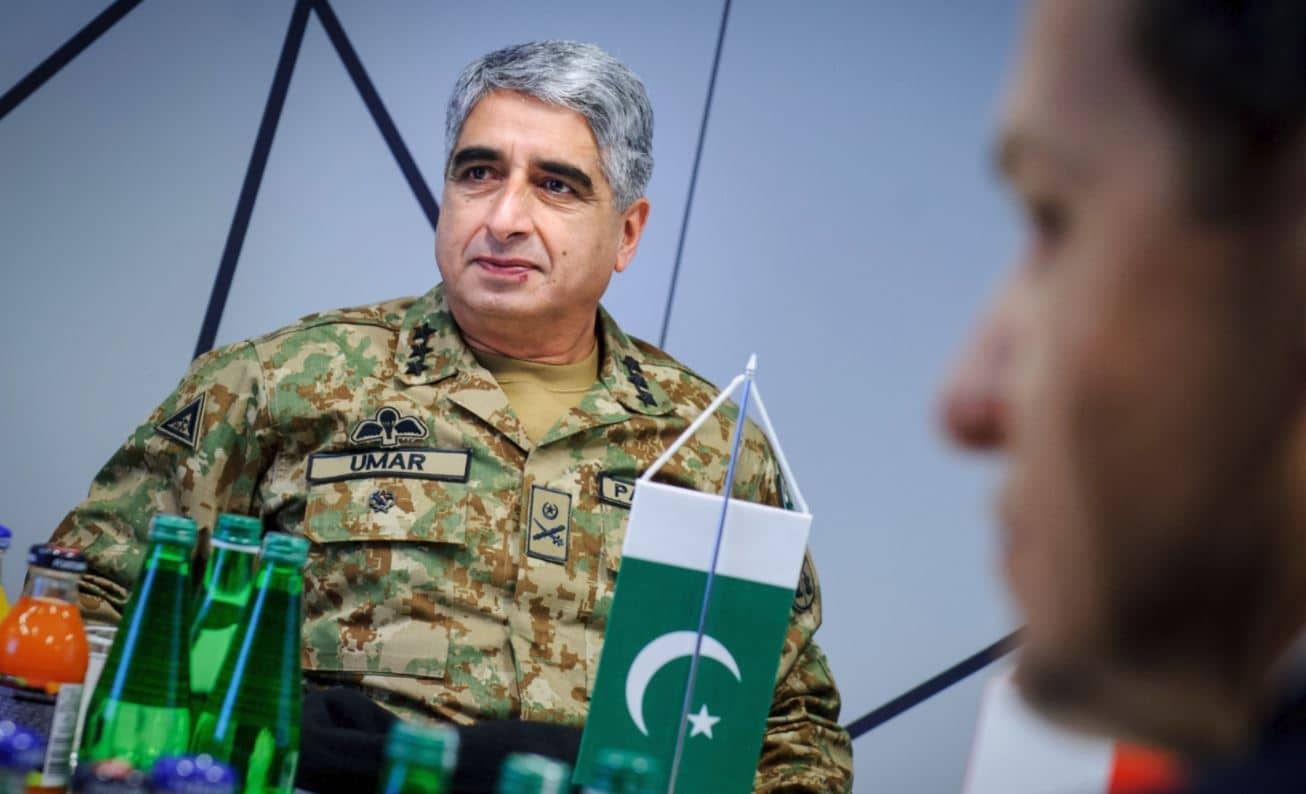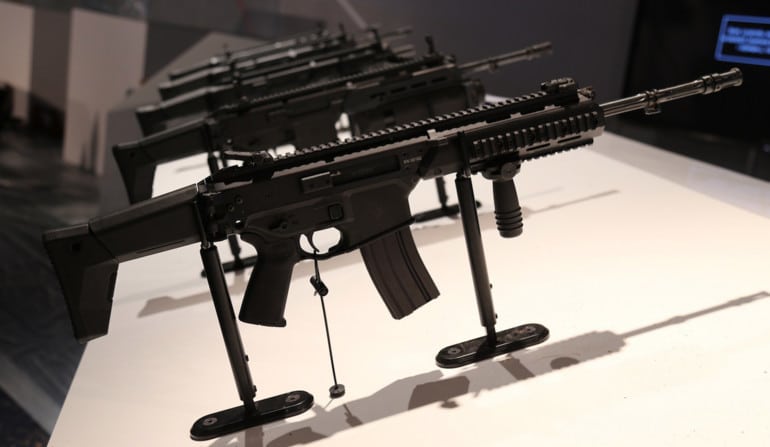timepass
Brigadier
RUSSIA LOOKS TO THE MIDDLE EAST FOR NEW AND RETURNING DEFENCE MARKETS
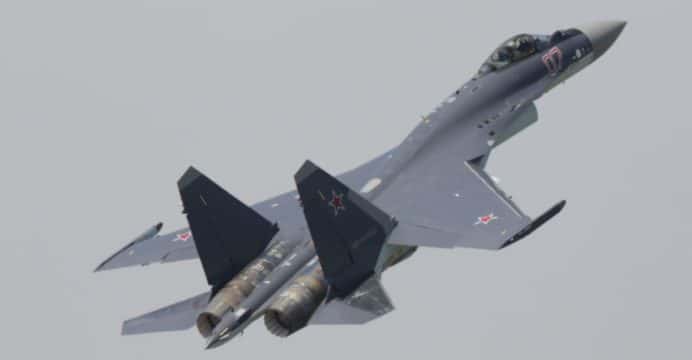
Russia’s United Aircraft Corporation (UAC) brought its marquee fighter, the Sukhoi Su-35 Flanker-E, to the 2017 Dubai Air Show as part of a broad effort to secure new markets for its big-ticket items in the Middle East and to regain entry to legacy markets which had bought Russian through the Cold War.
The Su-35 is from the United Arab Emirates (UAE), which, according to Russia’s Deputy Prime Minister Dmitry Rogozin, is for an unspecified number of the fighter. Russia hopes to close a sale by the end of 2017 and, ideally, expand it to “” Flanker-Es.
However, UAC is also eager to generate interest for the Mikoyan MiG-35 Fulcrum-F, a twin-engine multi-role fighter equipped with the Zhuk-AE active electronically-scanned array (AESA) radar. UAC and MiG are pitching the MiG-35 for its competitive acquisition and life-cycle costs, which MiG claims are 20% and 30-40% lower, respectively, than competing Western fighters.
With a focus on legacy MiG-29 users, , the Russian Aircraft Corp. MiG’s Director General, Ilya Tarashenko that talks are taking place with more than 30 countries. Bangladesh, India, Kazakhstan, Myanmar, Malaysia and Serbia are among the MiG’s prospective customers.
The Almaz-Antey S-400 long-range surface-to-air missile (SAM) system is making in-roads in the regional market as well, with Turkey signing on recently. Saudi Arabia has also for the S-400, with Bahrain also in the system. For Russia, the S-400 seems to have become its entry-ticket to accessing markets that continue to lean heavily on American and Western European armaments.
In an interview with , the Director of the Russian Federal Service for Military-Technical Cooperation (FSVTS), Dmitri Shugayev outlined Moscow’s defence export objectives, citing the Dubai Air Show as a major event. The FSVTS defines Russia’s defence export policies.
Shugayev also spoke of Pakistan, with whom Russia had relaunched defence relations in 2015. The FSVTS head reiterated that the central focus of those ties was counterinsurgency and counter-terrorism oriented, but also suggested that there are no explicit limits to scope of armament sales to Pakistan.
“With Pakistan, we have an agreement now on military-technical cooperation: I signed it on behalf of the Russian government this year. To be specific, we will supply the Mi-35 [helicopter] and we will see how events develop further. Our relations are based on a common goal of combatting terrorism, so in the future I also do not exclude any new export sales.”
Russia is also working to position itself as a factor in the defence industry development goals of its current and prospective customers. At the Dubai Air Show, UAC that it has begun talks with the UAE to potentially to co-produce the Irkut MC 21 airliner. UAC also an memorandum-of-understanding with Turkish Aerospace Industries (TAI) to “implement joint design and production in the field of civil aviation.” TAI’s General Manager Temel Kotil in developing a 100-seat airliner.

Russia’s United Aircraft Corporation (UAC) brought its marquee fighter, the Sukhoi Su-35 Flanker-E, to the 2017 Dubai Air Show as part of a broad effort to secure new markets for its big-ticket items in the Middle East and to regain entry to legacy markets which had bought Russian through the Cold War.
The Su-35 is from the United Arab Emirates (UAE), which, according to Russia’s Deputy Prime Minister Dmitry Rogozin, is for an unspecified number of the fighter. Russia hopes to close a sale by the end of 2017 and, ideally, expand it to “” Flanker-Es.
However, UAC is also eager to generate interest for the Mikoyan MiG-35 Fulcrum-F, a twin-engine multi-role fighter equipped with the Zhuk-AE active electronically-scanned array (AESA) radar. UAC and MiG are pitching the MiG-35 for its competitive acquisition and life-cycle costs, which MiG claims are 20% and 30-40% lower, respectively, than competing Western fighters.
With a focus on legacy MiG-29 users, , the Russian Aircraft Corp. MiG’s Director General, Ilya Tarashenko that talks are taking place with more than 30 countries. Bangladesh, India, Kazakhstan, Myanmar, Malaysia and Serbia are among the MiG’s prospective customers.
The Almaz-Antey S-400 long-range surface-to-air missile (SAM) system is making in-roads in the regional market as well, with Turkey signing on recently. Saudi Arabia has also for the S-400, with Bahrain also in the system. For Russia, the S-400 seems to have become its entry-ticket to accessing markets that continue to lean heavily on American and Western European armaments.
In an interview with , the Director of the Russian Federal Service for Military-Technical Cooperation (FSVTS), Dmitri Shugayev outlined Moscow’s defence export objectives, citing the Dubai Air Show as a major event. The FSVTS defines Russia’s defence export policies.
Shugayev also spoke of Pakistan, with whom Russia had relaunched defence relations in 2015. The FSVTS head reiterated that the central focus of those ties was counterinsurgency and counter-terrorism oriented, but also suggested that there are no explicit limits to scope of armament sales to Pakistan.
“With Pakistan, we have an agreement now on military-technical cooperation: I signed it on behalf of the Russian government this year. To be specific, we will supply the Mi-35 [helicopter] and we will see how events develop further. Our relations are based on a common goal of combatting terrorism, so in the future I also do not exclude any new export sales.”
Russia is also working to position itself as a factor in the defence industry development goals of its current and prospective customers. At the Dubai Air Show, UAC that it has begun talks with the UAE to potentially to co-produce the Irkut MC 21 airliner. UAC also an memorandum-of-understanding with Turkish Aerospace Industries (TAI) to “implement joint design and production in the field of civil aviation.” TAI’s General Manager Temel Kotil in developing a 100-seat airliner.

